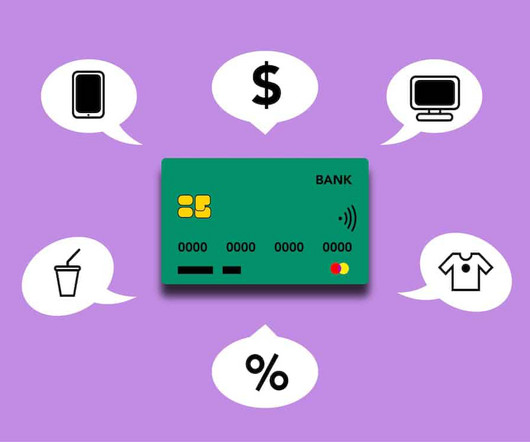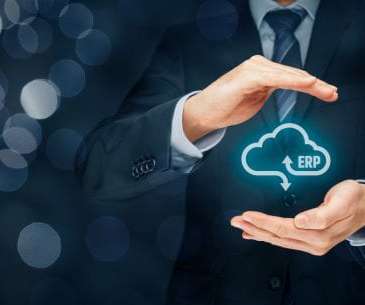Capitalising on the Fintech apps in APAC
Future CFO
AUGUST 1, 2023
Supriya Deka: The general features of financial applications include accounting, reporting & analytics, bank reconciliation, billing & invoicing, asset management, budgeting & forecasting, financial risk management, expense tracking, and payroll management.
















Let's personalize your content